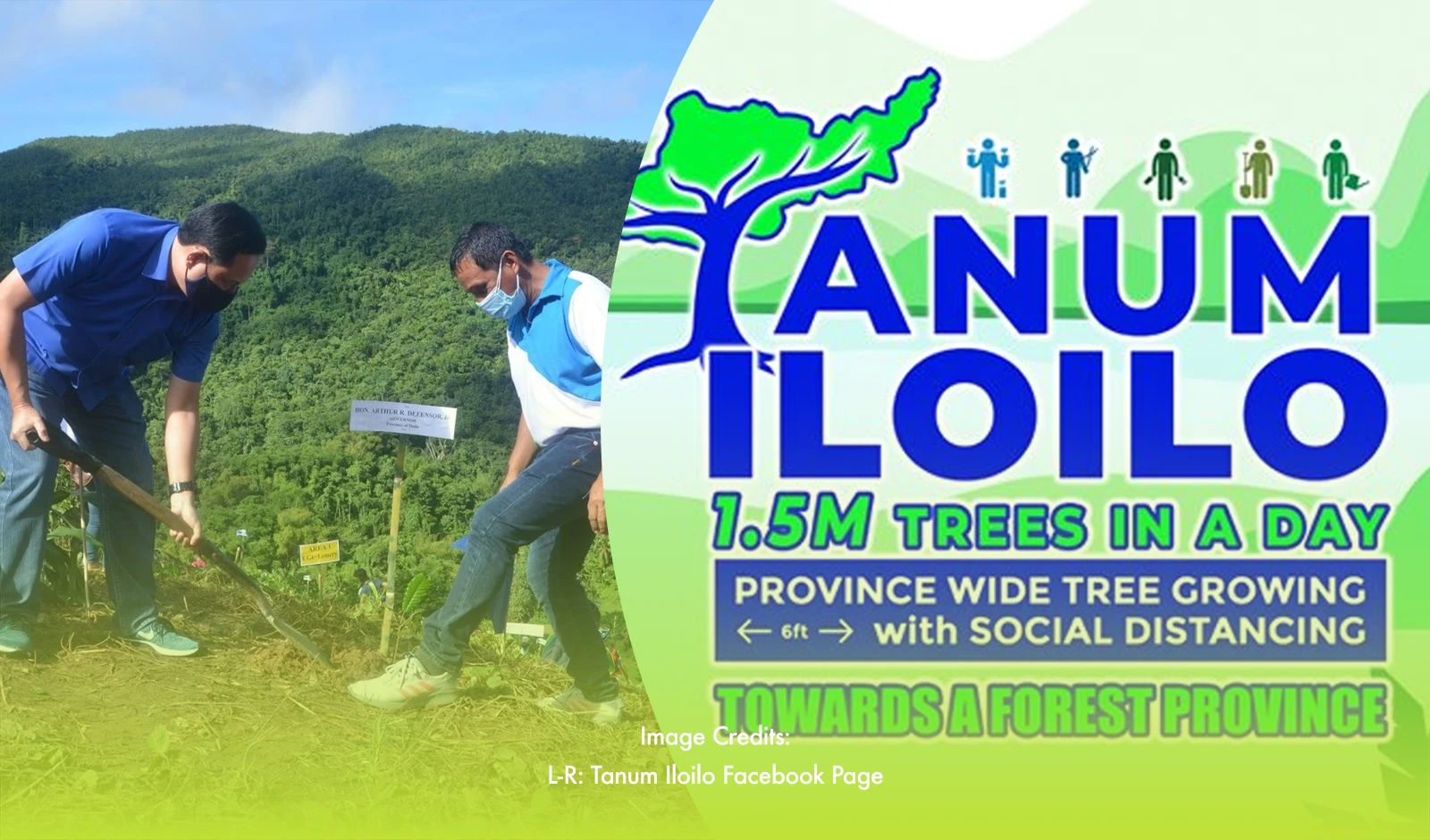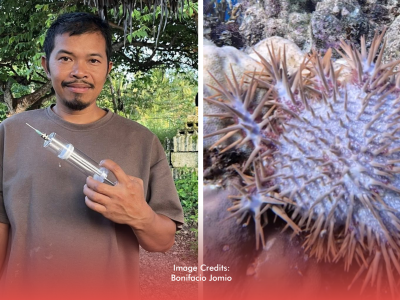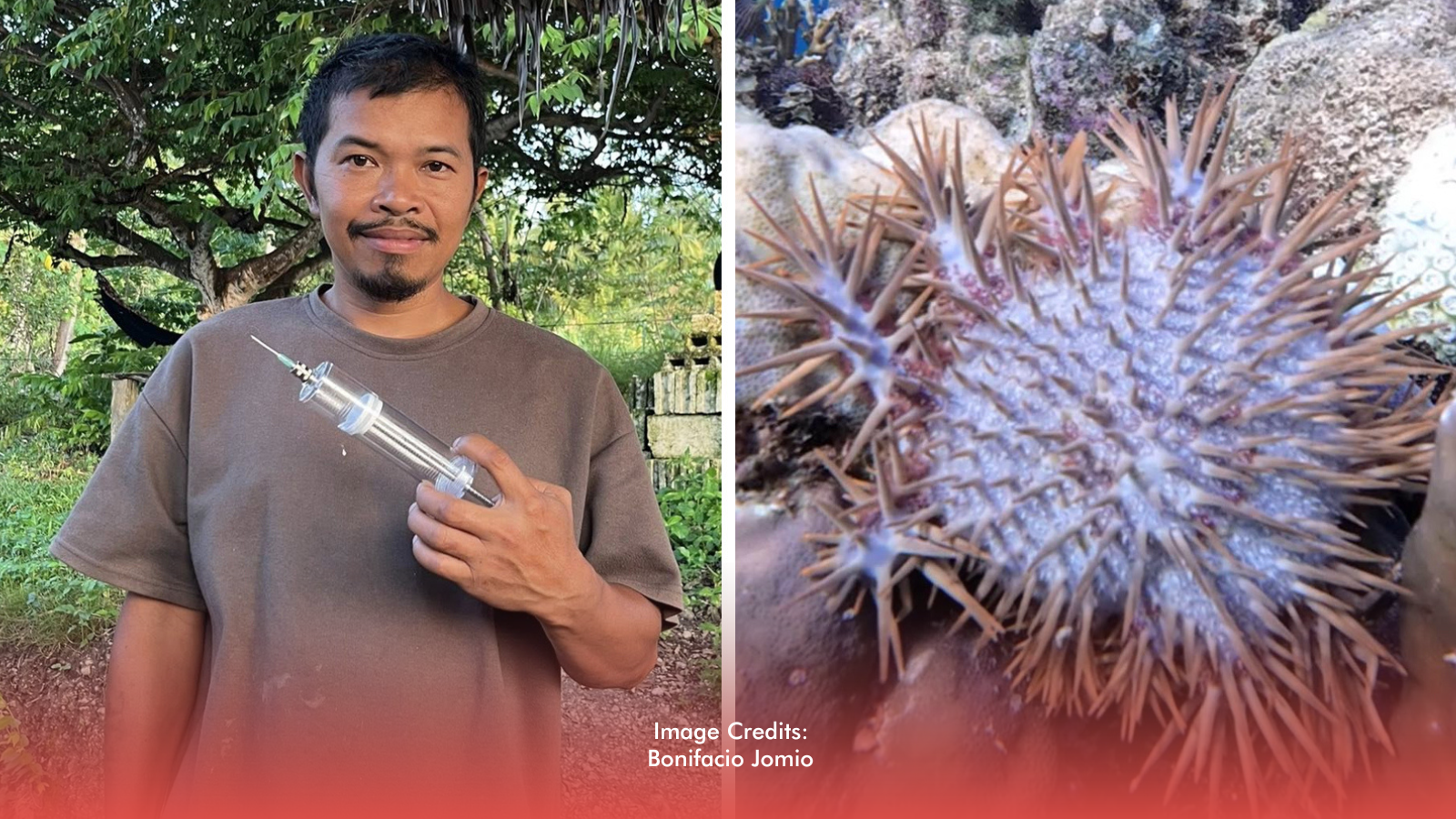Since 2020, Iloilo has planted over 6.6 million seedlings in various regions as part of its "Tanum" (plant) program as it prepares to start another venture at the start of the rainy season.
In order to "restore and develop the province's forests from ridge to reef to achieve the status of a Forest Province," the provincial administration started the program in 2020 with the goal of planting 1.5 million trees annually.
"Our tree planting is our regular implementation for La Niña because that is part of our long-term plans. That is part of our Tanum Iloilo program, an ongoing program that cuts across other programs,” Iloilo Governor Arthur Defensor Jr. said
As the current El Niño fades, this year's Tanum Iloilo is designed to handle the predicted La Niña phenomenon that is projected to arise in the upcoming months.
Sourced seedlings
These native saplings came from satellite nurseries in Ajuy, Alimodian, Dingle, and Guimbal in addition to the central nursery in Maasin.
Out of the 5.11 million trees planted between 2020 and 2022, 48% have made it through, while the condition of the additional 1.55 million trees planted in the previous year is currently being assessed.
Even though Defensor thought the survival rate was "okay enough," he stressed the need for more concentrated efforts to improve the program's effectiveness.
“We want to be aggressive in the replenishment of our forest, not just because of our [grass] fires. We really need that, so that we restore the volume of our water in our rivers and our groundwaters as well,” he said.
Targeted reforesting
Primary and secondary forests, as well as houses, are given priority when cultivating trees. The most recent activity focused on almost a million trees in schools and plazas.
Regarding the restoration of mangroves, the province reports that out of the 330.50 hectares of mangroves planted in 14 coastal towns, 39 percent of them have survived.
In order to guarantee the program's viability, Defensor is also suggesting that the private sector take ownership of forest holdings.








